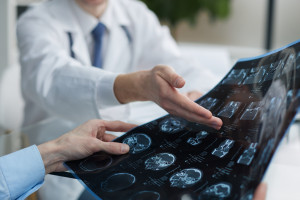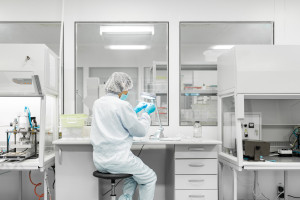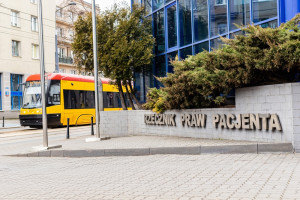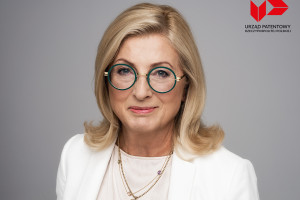Friedreich's Ataxia. Prof. Karaszewski on the first disease-modifying drug: RDTL is not an optimal solution

- Omaveloxolone is the first disease-modifying drug for Friedreich's ataxia
- In Poland, 30 patients are currently being treated with it under the so-called emergency access to drug technologies (RDTL)
- Since this is not an optimal solution, a drug program has been developed. Its substantive content is ready, and the final phase is to process this proposal from an administrative perspective, including economics.
- Friedreich's ataxia is a hereditary, rare disease, and the symptoms arise secondarily to a mutation of the gene encoding a protein called frataxin, a so-called dynamic mutation - says Prof. Bartosz Karaszewski, national consultant in the field of neurology, chairman of the Committee on Clinical Sciences of the Polish Academy of Sciences, chairman of the Section of Cerebral Vascular Diseases of the Polish Neurological Society, head of the Department of Neurology and the Clinic of Adult Neurology at the Medical University of Gdańsk.
As he explains, the structure of mutations, which varies between patients, is associated with the severity of symptoms and the rate of disease progression.
- The first symptoms often appear in childhood or adolescence, and the clinical picture is dominated by disorders of motor coordination of the trunk and limbs and the so-called deep sensation, which causes, among other things, gait and balance disorders, often eventually reaching a level that prevents independent movement - the expert points out.
- Specific speech disorders are also typical, such as cerebellar dysarthria, swallowing, eye movements, and visual field. There are also a number of symptoms other than those secondary to primary damage to the nervous system, such as scoliosis, heart pathologies, and an increased risk of developing diabetes. The disease is progressive and leads to significant disability; the time from the first symptoms to the loss of independence in its natural course is usually a dozen or so years - adds Prof. Karaszewski.
"This is the first disease-modifying drug"He points out that the diagnosis of Friedreich's ataxia is generally simple - it requires confirmation with appropriate genetic testing. It is more important to raise this suspicion early, because the symptomatic onset of the disease may be nonspecific.
As the national consultant says, omaveloxolone is the first disease-modifying drug - slowing down the progression of the disease , and this in studies is assessed using a disease-specific scale quantifying its advancement (mFARS - modified Friedreich's Ataxia Rating Scale). The drug was approved by the FDA in 2023, by the EMA - in 2024.
- There are also a number of symptomatic therapeutic solutions, including surgical or rehabilitation ones, which significantly improve the quality of life of patients, and some of them help prevent certain complications - he points out.
"Access within RDTL is not an optimal solution"Prof. Karaszewski also refers to the availability of therapy for Polish patients in drug programs and RDTL.
- 30 patients in Poland are currently treated with omevaloxolone, for now within the so-called emergency access to drug technologies (RDTL) . For various reasons, in the systemic dimension, this is not an optimal solution, which is why an appropriate drug program has been developed. Its substantive content is ready, and the final phase is to process this proposal from an administrative, including economic, perspective - explains the expert.
- At the same time, we are discussing the components of the coordinated care system, including, above all, the context of access of patients with Friedreich's ataxia to interdisciplinary care in centers that will conduct the drug program - he adds.
The professor also draws attention to the impact of this disease on the lives of patients and their families.
- Friedreich's ataxia impairs the daily functioning of patients, sometimes from the early years of life, and in advanced stages, it makes some patients completely dependent on the care of other people: patients may require support in the most basic activities - hygiene, dressing, or eating - notes Prof. Karaszewski.
- The disease is a huge burden, in every respect, including psychological, not only for the sick, but also for their surroundings. The new therapy and the new system are therefore information that gives hope not only to the patients themselves - emphasizes the expert.
Copyrighted material - reprint rules are specified in the regulations .
rynekzdrowia













